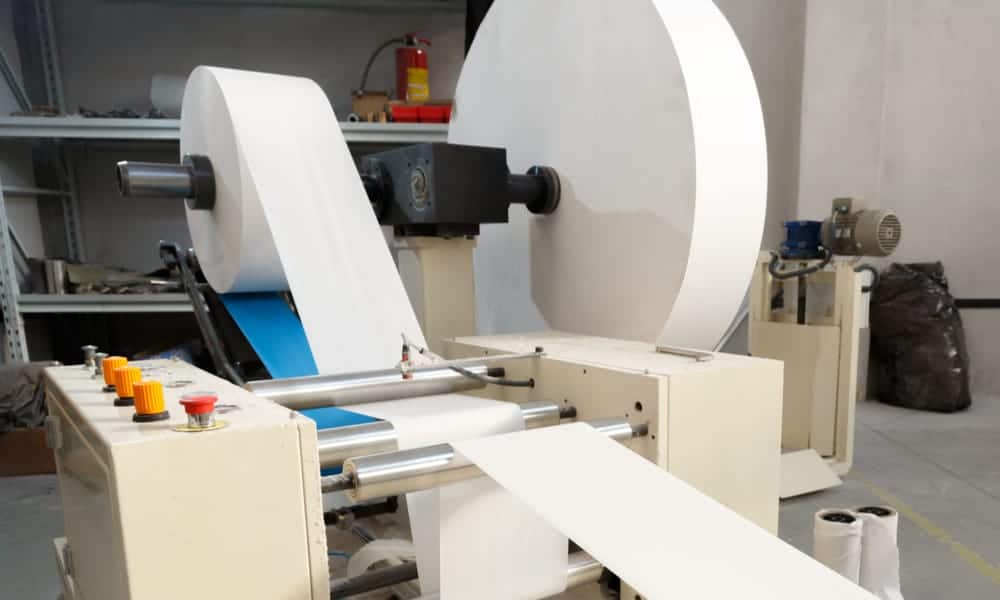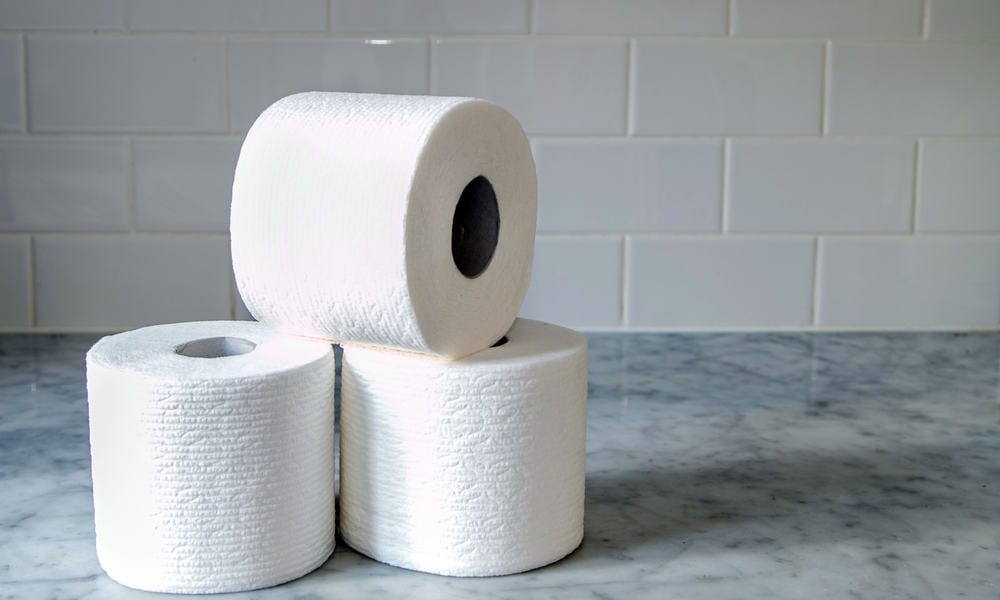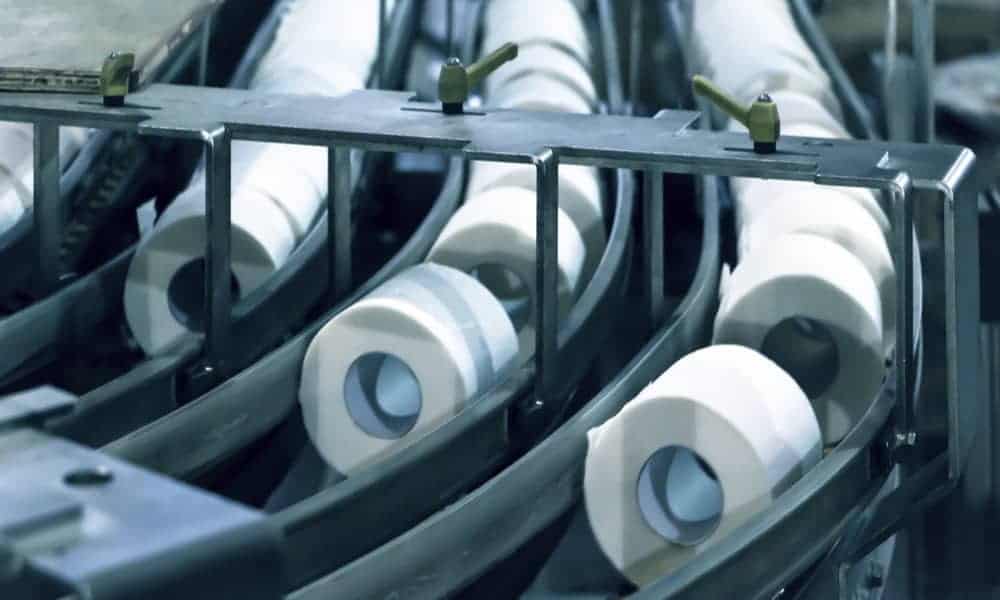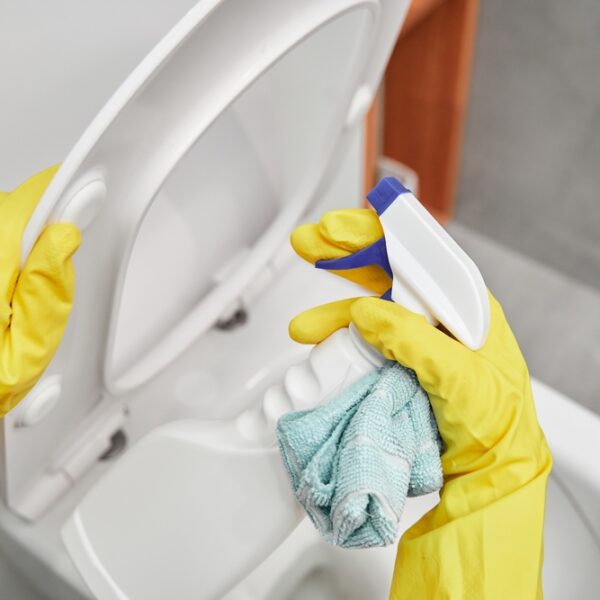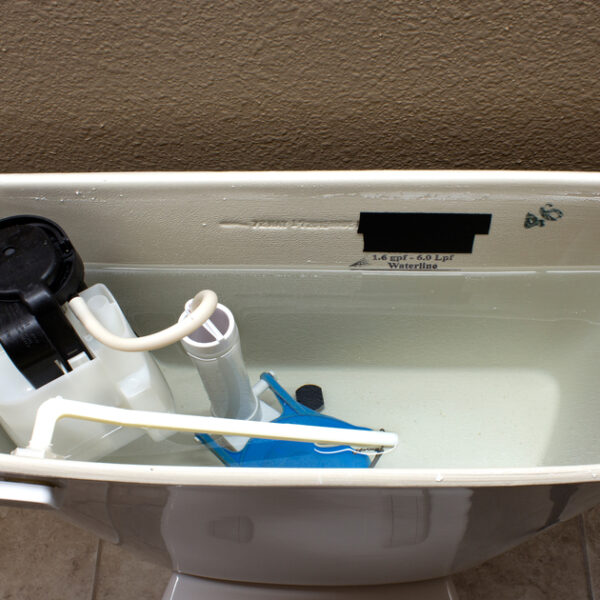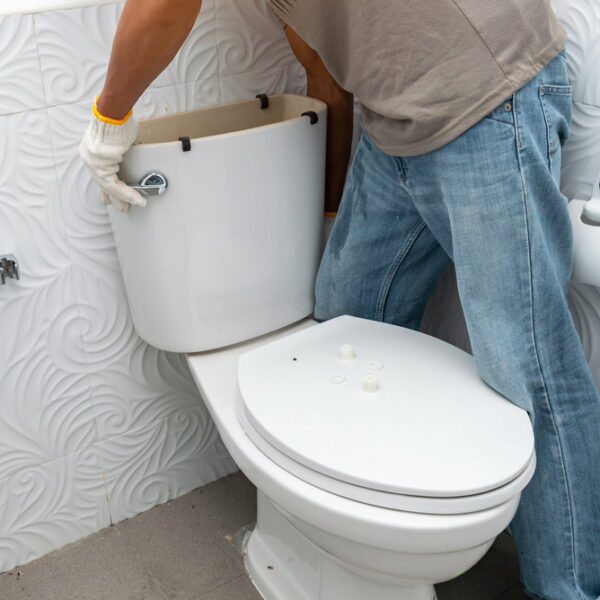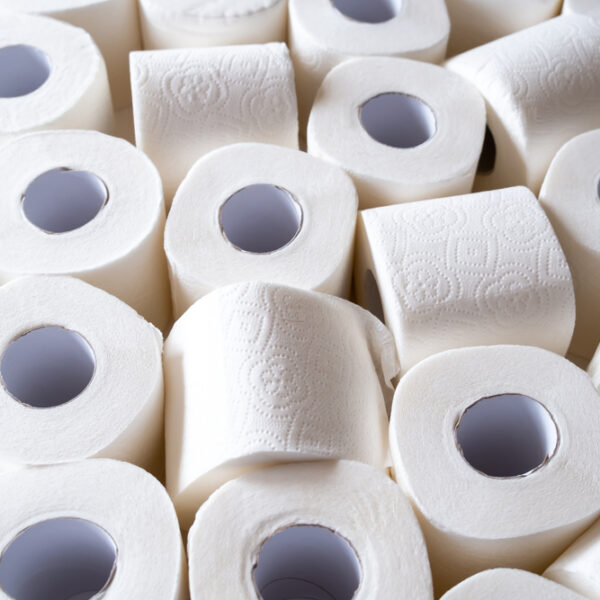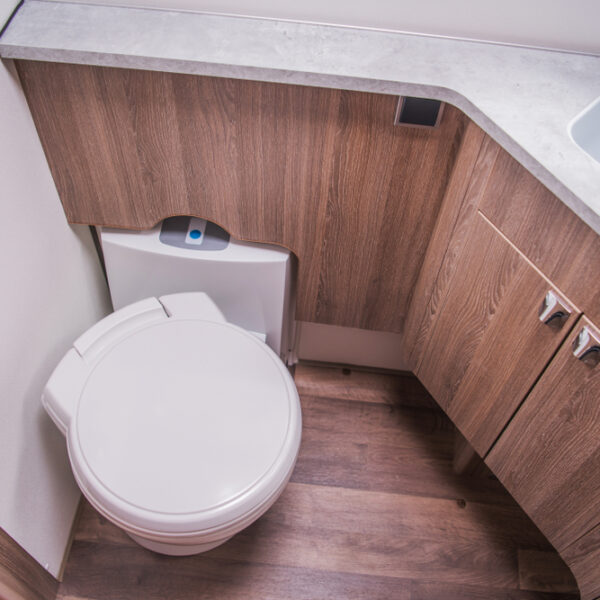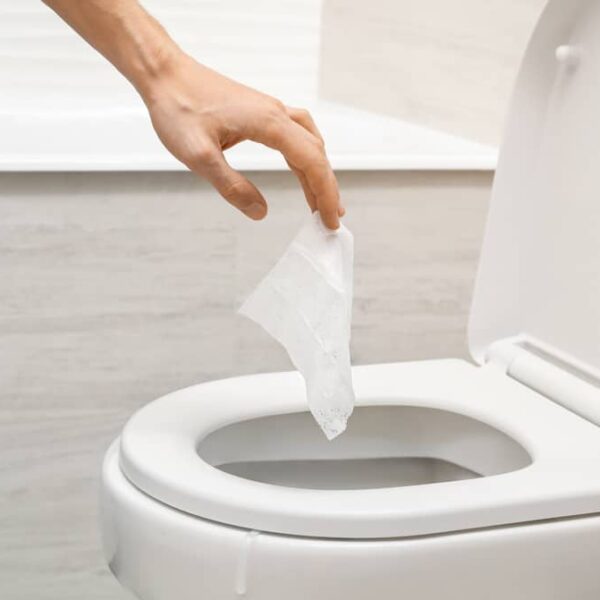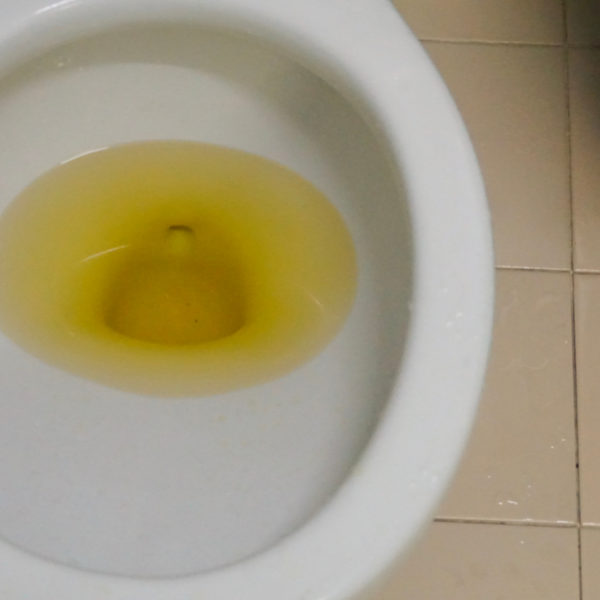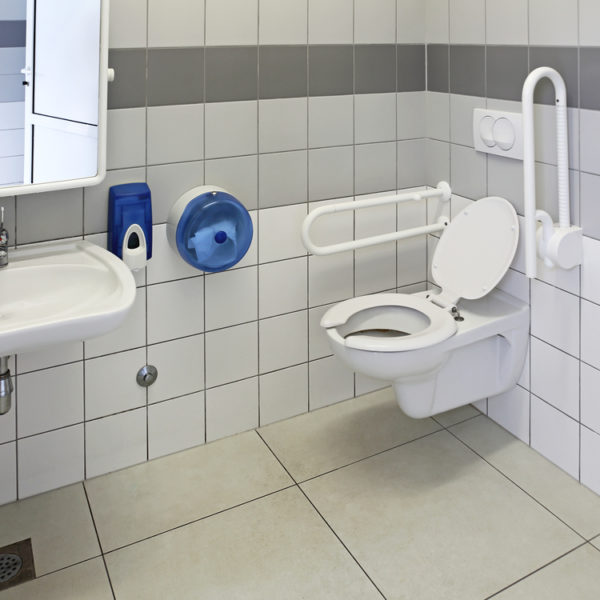Everyone who uses a portable toilet, camping toilet, or American standard toilet knows the real importance of toilet paper. However, do you know enough about the composition of this necessary product?
Most of us use toilet paper made from the pulp of virgin trees. However, many manufacturers use recycled raw materials to make this product. If you are not a fan of ugly recycled toilet paper, you can always choose the one made of bamboo. It is a better option since bamboo grows much faster than trees.
History of Toilet Paper
When I heard for the first time that the Chinese invented paper in 25 AD, I was astonished by the fact that the rest of the world figured out how to use it only after 1300 years. The first mass-production of bathroom paper started in the 14th century.
Nowadays, we can’t imagine using wool, hemp, lace, or someone’s hand for that purpose. However, in those times, people without enough money often used leaves, grass, fruit skins, moss, and even extremely uncomfortable things like hay, stones, wood chips, corncobs, or seashells!
If you had lived in the time of the ancient Romans, you would have used a sponge on a stick. As an ancient Jew, you would take bags filled with dry grass, broken pottery, or pebbles. Muslims used three stones for cleaning up until the end of the 19th century.
Knowing all this, I can’t understand why people waited so long for using paper. Not to mention how embarrassing it was to be seen buying a package of toilet paper for decades. Can you imagine that our grandparents used pages from newspapers, magazines, old paper bags, old books, envelopes, and catalogs just 150 years ago?
Modern toilet paper as we know it today appeared in 1857. After invented it, the American Joseph Gayetty, started selling it at 50 cents for a single, 500 sheets’ pack.
British Perforated Paper Company developed this useful invention in 1880. Very soon, 1890, the Scott Paper Company, US, made toilet paper in rolls in 1890.
Nowadays, toilet paper makes our lives more comfortable and cleaner. However, our beautiful planet pays a high price for our pleasure and the existence of a flushing toilet. For us to enjoy the soft toilet paper, 27.000 trees must die every single day!
Materials Needed in Toilet Paper Manufacturing
Primary ingredients
Most companies in the US make toilet paper from the pulp of virgin trees. They mix tiny waste pieces of these trees, wet them, and dry them eventually. Usually, for the preparation of commercial toilet paper, companies use a combination of:
- 70% hardwood (oak, maple)– It contains short fibers, which give the paper softness.
- 30% softwood (Douglas fir, Southern pine)– It contains long fibers, which provide the paper strength.
- Chemicals– They are necessary for the extraction of the wood into the fibers, which are usable for industrial production.
- Bleaches– Virgin-paper manufacturers use chlorine dioxide (chlorine-based bleaches). Recycled-paper producers use ozone, oxygen, peroxide, or sodium hydroxide for whitening the paper.
- Water– It soaks the mixture and connects all the ingredients.
On average, one tree is enough for the production of approximately 100 pounds (45.35 kg) of toilet paper.
Hidden ingredients
Unfortunately, except for primary ingredients, toilet paper almost always contains chemicals highly harmful for both the environment and our health.
Bleach derivatives – These chemicals show which type of the process of bleaching is used during toilet paper production.
- Processed chlorine-free (PCF)– It indicates that the manufacturer doesn’t use bleach during toilet paper production. However, it doesn’t exclude its previous usage on the paper fibers.
- Elemental chlorine-free (ECF)– It shows that the manufacturer uses chlorine dioxide instead of straight-up elemental chlorine (it has been forbidden since 2001 since containing high levels of cancer-causing dioxins)
Formaldehyde – It is well-known as a cancer-causer, but it irritates skin and mucous membranes, as well. In 2010, the results of a scientific study confirmed that this compound causes vulva’s chronic irritation in a high percentage.
Some manufacturers use formaldehyde to improve the strength of toilet paper and paper towels when becoming wet.
Petroleum-based mineral oil – There is no scientific evidence about the harmfulness of fragrant toilet paper, but you should be careful while using it. You can find some complaints on the Net about the usage of toilet paper soaked in oil containing vitamin E and aloe.
Bisphenol A (BPA) – The story about recycling sounds excellent, but it is not perfect at all because of this chemical. Some environmental-friendly manufacturers use this compound while producing recycled toilet paper. BPA is necessary during processing leftover pieces of paper from the printing industry.
The ugly part is that it disrupts the human endocrine system and can cause early puberty, metabolic disorders, and even cancer. On average, paper products, including toilet paper, account for 2% of the total amount of BPA that we bring into our bodies daily.
How Toilet Paper is Made
Is Recycled Toilet Paper an Excellent Solution?
It is assumed that 35 to 40% of the total mass of American landfills is waste paper. Since recycled toilet paper saves natural resources and is healthier than the traditional one, it seems that it is an almost ideal choice.
On the other hand, except for containing harmful BPA, there is one more issue. The production of this type of paper is highly inefficient. The process includes the separation of metal waste and removing ink from the paper before the process even begins.
Unfortunately, there is one more inconvenience. Most consumers prefer using white toilet paper, but recycled paper can’t be even whitish.
Conclusion
Do you know that the US would save 630.000 trees per year if every American household replaced toilet paper made of virgin fiber with recycled one? However, not every recycled paper is an excellent option for your health and the environment. It should be 100% recycled and produced without inks, dyes, and fragrance.
Be gentle to our planet and choose to purchase toilet paper produced by environment-friendly manufacturers. It is necessary to support these companies, which plant a few trees instead of the one that was cut and used in the process of toilet paper manufacturing. On the other hand, you can always choose a recycled product or soft and strong bamboo toilet paper.
